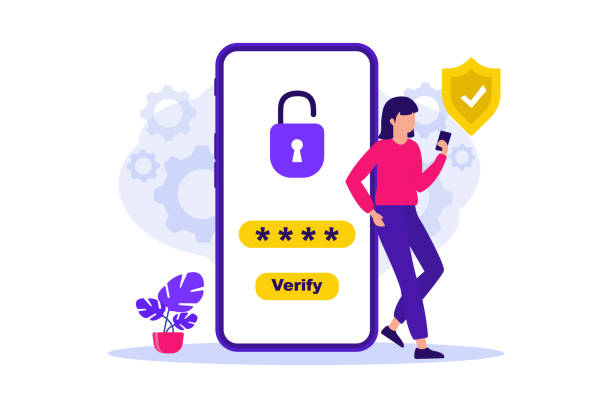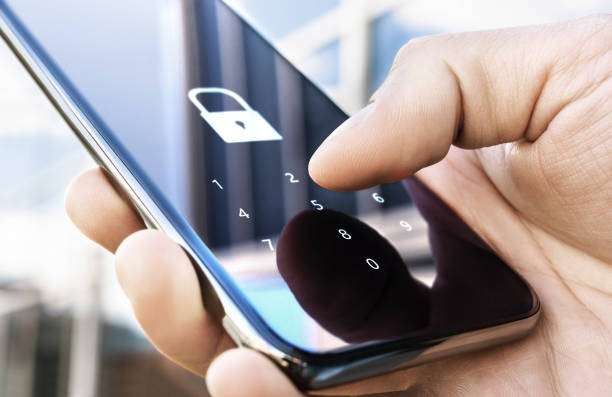
When a user signs in to a website or app, they receive a code via SMS and must enter it in order to access the service or complete a transaction. This is what’s known as an ownership-based authentication method.
While SMS shouldn’t be used on its own, it can still help deter common fraud tactics and validate buyers if paired with other risk-based tools. But how does it work exactly?
Security
While SMS verification offers a good level of security, it isn’t ideal as a stand-alone method of preventing fraud. As hackers continue to find new ways to steal data, businesses need to deploy additional precautions to keep their buyers safe.
The sms code verification service provides users with security, knowing they are better secure from unauthorised access. It can increase user confidence and trust on your platform or service which will result in a higher level of customer satisfaction.
Two-factor authentication requires that users enter a password and then also receive a code sent via SMS or a prompt through an authentication app to log in. This prevents hacking because even if a password is stolen, it won’t give a hacker access to the account without the code.
By integrating two-factor authentication with SMS text verification, merchants can create a more secure sign-up flow that makes it easier for customers to verify their identities. For example, using Twilio’s Verify API can let websites, banks, and social media apps double-check a user’s phone number during the registration process. This way, security is a priority from the start rather than an afterthought. This will increase conversions, lower costs, and help avoid unanticipated risks.
Convenience
Using SMS verification allows buyers to easily log in or complete an online transaction. They simply enter their phone number and get a code sent to them via text. They then enter the code on a website or app to complete their purchase. The process is easy and convenient for both the buyer and business.
It’s also relatively inexpensive. However, there are many other more secure methods of authentication that merchants can use to protect their customers and businesses.
While SMS verification is a step in the right direction, it’s important to use multiple security factors to prevent hackers from stealing user credentials and accessing data and systems. This can include more advanced two-factor authentication techniques that aren’t as intuitive for end users, such as biometrics and voice or face recognition. These are more effective in protecting against a wide variety of attacks and can prevent fraudsters from bypassing traditional password verification.
Cost
When using SMS verification as a form of authentication, users receive a code via text message. The code is then entered into the website or app to complete a login process. It’s a common method for online security and is something most people have experienced before.
However, the cost of SMS messaging can quickly add up. The prices for sending SMS messages can vary by country, making it difficult to budget effectively for user verification.
It’s also worth noting that SMS isn’t the most secure way to verify buyer identity. It’s easy for hackers to hijack a phone number and then use it to gain access to an account. The National Institute of Standards and Technology (NIST) even recommends that merchants don’t rely on SMS as their only form of buyer validation. Instead, it’s recommended that merchants combine it with other, more secure forms of authentication to mitigate fraud. This includes methods like passcodes and biometric scans, which are much more difficult to defeat.

Time-to-Value
Using SMS verification can reduce the time to value for users who sign up for your app or website. This method sends a one-time code via SMS to a user’s mobile phone. The user then enters the code into your website or app to authenticate their identity.
It’s easy for consumers to use too, especially because it requires no additional apps. The only downside is that it isn’t as secure as other two-factor authentication methods.
For example, a fraudster who has a user’s phone can bypass SMS verification to access their account. This is because phones are often synced to multiple accounts. If a fraudster can get into an account with their phone number and password, they’ll have everything they need to make fraudulent transactions. In comparison, other 2FA methods require both a device and a password to verify identity. This makes them more difficult to crack. In addition, they also offer more protection for consumer data.
























